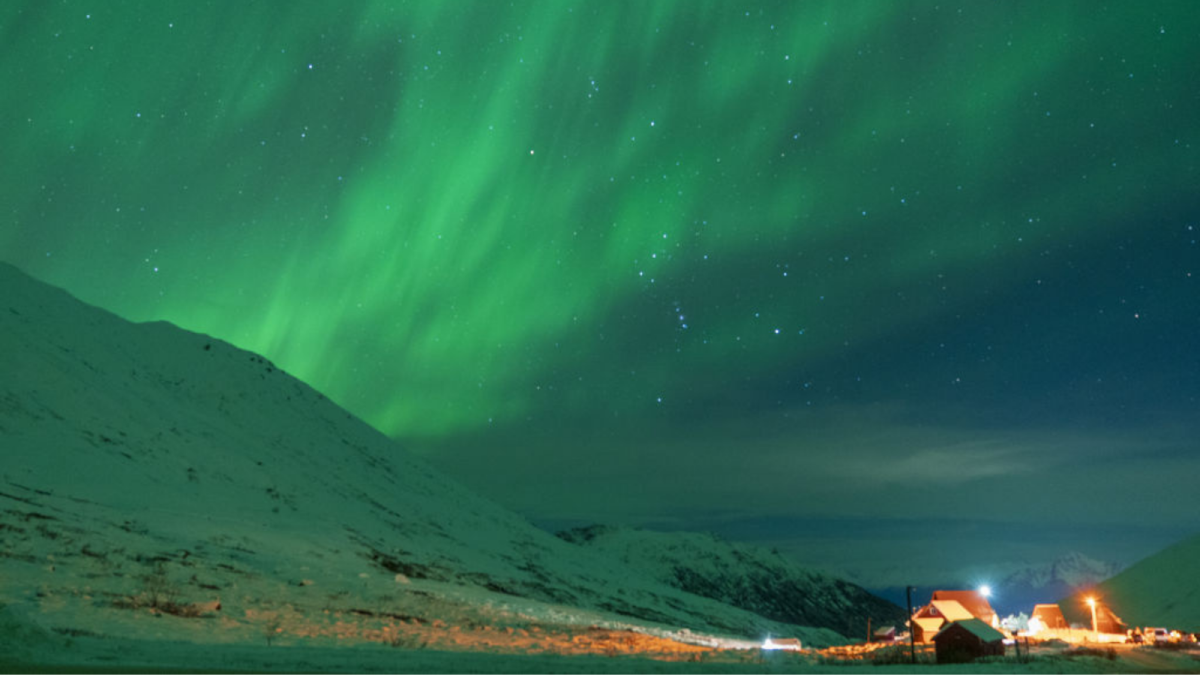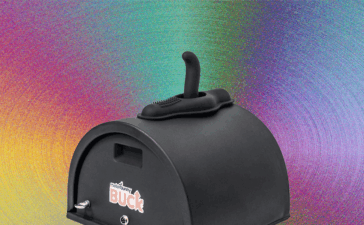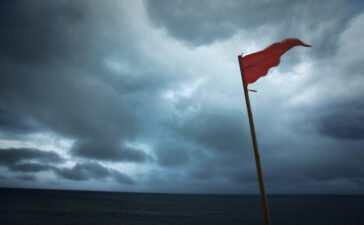Even if you aren’t planning to watch New Year’s Eve fireworks, it may still be worth looking to the skies this Tuesday. The Northern Lights are predicted to appear again this week, ringing in the new year with a spectacular natural light show over the U.S.-Canadian border. Here’s how to watch the last aurora borealis of 2024.
The U.S. National Oceanic and Atmospheric Administration’s (NOAA) Space Weather Prediction Center (SWPC) has advised that the Northern Lights may be visible across many of the northern U.S. states on Dec. 31, with the display potentially persisting through to New Year’s Day. Part of the lower Midwest to Oregon might also be treated the aurora if they’re lucky, though your chances to catch it are better the further north you are.
This natural New Year’s light show is the result of activity on the Sun’s surface this weekend, including two coronal mass ejections which are expected to reach Earth. The SWPC has issued a strong G3 geomagnetic storm watch for Dec. 31, as well as a minor G1 watch for Jan. 1. According to the NOAA Space Weather Scales, a G3 geomagnetic storm may disrupt radio and satellite navigation, as well interfere with power systems.
Fortunately, such disruption is relatively minor and can be mitigated, so there’s no need to be concerned while enjoying the Northern Lights. If you’re lucky, your view might even be enhanced by a New Year’s Eve fireworks display.
How to get the best view of the Northern Lights
If you’re hoping to catch the New Year’s Northern Lights, you could just head outdoors on Tuesday night, look up, and hope for the best. Auroras can be seen from over 600 miles away when conditions are right, and it can’t hurt to at least check. However if you want to maximise your chances of seeing something spectacular, it may pay to plan ahead.
Mashable Light Speed
The SWPC advises that the best time to view an aurora borealis is between 10 p.m. and 2 a.m., when the level of geomagnetic activity increases. This is also when the sky is darkest, offering optimal contrast with the aurora. While the Northern Lights may technically be present while the Sun is up, they’re much harder to see against a bright backdrop.
In the same vein, minimising light pollution will help you see the aurora borealis more clearly. Certified Dark Sky Places close to the U.S.-Canadian border may have some of the best views of the Northern Lights, each location having been assessed and recognised for their minimal light pollution.
What causes the Northern Lights?
Though auroras manifest in Earth’s atmosphere, they actually originate from activity on the Sun’s surface.
When a solar flare or coronal mass ejection occurs on the Sun, plasma and magnetic field from the outermost layer of its atmosphere is expelled into space. This creates a solar wind which may travel to Earth, though it can take some time to get here. Radiation from solar flares can reach our planet in just eight minutes, while winds from coronal mass ejections can take anywhere between 15 hours and several days to arrive.
If they do reach Earth, most of these solar winds are deflected away by the planet’s magnetic field. Not all of it is bounced back into space, though. When a solar wind’s charged ion particles enter Earth’s magnetic field instead, they travel to the planet’s polar regions where said field is weakest.
There they collide with oxygen and nitrogen atoms, creating the chemical reaction which gives us the beautiful lights we know as auroras. Auroras in the Northern Hemisphere are called aurora borealis, or the Northern Lights, while those in the Southern Hemisphere are called aurora australis, or the Southern Lights.





